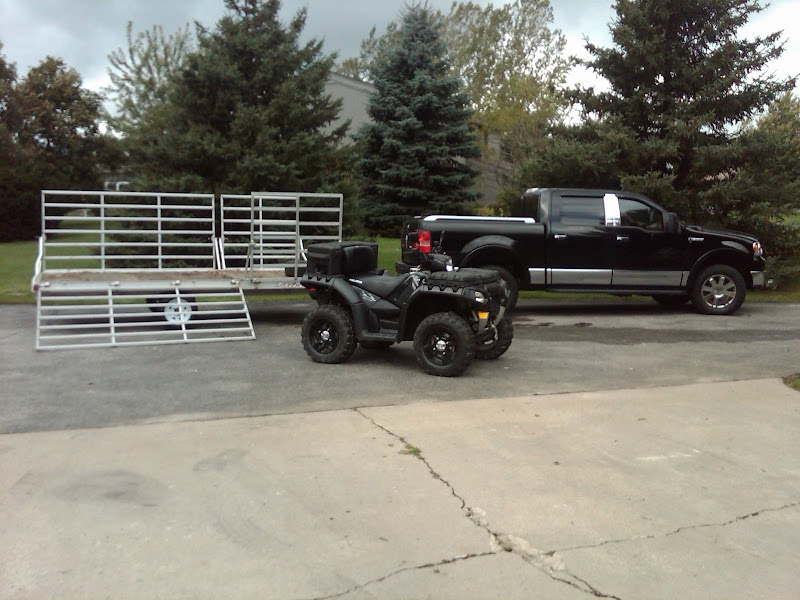ATVs are an expensive hobby. You can usually save some money by purchasing a used ATV rather than a new one. This is especially true when four wheeling is a family activity and you need four or five machines to keep everyone happy. I am not about to drop $40,000 on ATVs so everyone in my family can ride, but buying a used ATV can be a very scary undertaking. Like buying a used car, you have no idea how well the ATV has been cared for and if there are any mechanical problems. However, unlike buying a used car, you really have to be concerned when buying a used ATV that you may be purchasing stolen property.
The safest way to ensure you aren’t buying a stolen ATV is to buy from a respected dealer, but that is not always an option and it also isn’t going to help much on your quest to save significant money. While you can’t remove all risk of a used ATV being stolen, there are some key steps you can take to make sure you appreciate the risk, investigate effectively and prepare for the worst.
The unfortunate reality is that ATVs are fairly easy to steal. They aren’t like cars that are always out in the open with police looking for them and they can easily be thrown in the back of a truck or a trailer and hauled away. This is not only unfortunate for the original owner, but also for the unsuspecting purchaser as well. If you end up with a stolen ATV, it is most likely going to get confiscated by the police and returned to the original owner, unless you are willing to hide stolen property, which you should not.
Many times, the situation you find yourself in when buying a used ATV will tell you a lot about the ATV you are buying and the person from whom you are buying it. Pay attention to any red flags, and if you are uncomfortable with the situation, just walk away. Trust your instincts. It may be hard to walk away from a good deal, but trust that your instincts are saving you from handing over the money for a stolen ATV that you are going to lose anyway. If you suspect the ATV is stolen, don’t accuse the seller of anything. Just let them know you are not going to purchase the ATV and leave. You can let the police investigate to see if it is stolen, but don’t put your own safety at risk by confronting the seller. The following situations are the most common red flags we see when purchasing a used ATV.
If you suspect the ATV is stolen, don’t accuse the seller of anything. Just let them know you are not going to purchase the ATV and leave. You can let the police investigate to see if it is stolen, but don’t put your own safety at risk by confronting the seller. The following situations are the most common red flags we see when purchasing a used ATV.
The first big red flag is a deal that is too good to be true. When the seller is willing to sell the ATV for a much lower price than it is worth, that is an almost sure sign there is something wrong with the ATV. While it is true there may be some valid reasons for an eager seller, you will need to dig into those and determine whether you believe them. We discuss some tips for getting to know the seller later in the article to help determine if the risk is worth it.
If the seller doesn’t have a title to the ATV, this could be a huge red flag, depending on where you live. Title requirements vary from state to state so you really need to learn the requirements for the state you are purchasing in before you can decide if the lack of a title is a red flag. Luckily, we have a guide for every state you can reference.
Title requirements vary from state to state so you really need to learn the requirements for the state you are purchasing in before you can decide if the lack of a title is a red flag. Luckily, we have a guide for every state you can reference.
In some states where a title should be available, the ATVs are sold new with a certificate of origin instead of a title. That means that at the time of purchase, it is up to the owner to get a title from the DMV. The owner might not bother spending the time or money getting a title because it might not be a legal requirement. Even if a title is required by law, there are some people out there who won’t get a title even if they are the legal owner.
Fortunately, in one of these legitimate circumstances where a title is not available from the seller, it is usually fairly easy to get a title transferred into your name. You’ll want to make sure that you contact your local DMV to find out what the requirements for that might be and ensure you can do it prior to purchasing the ATV.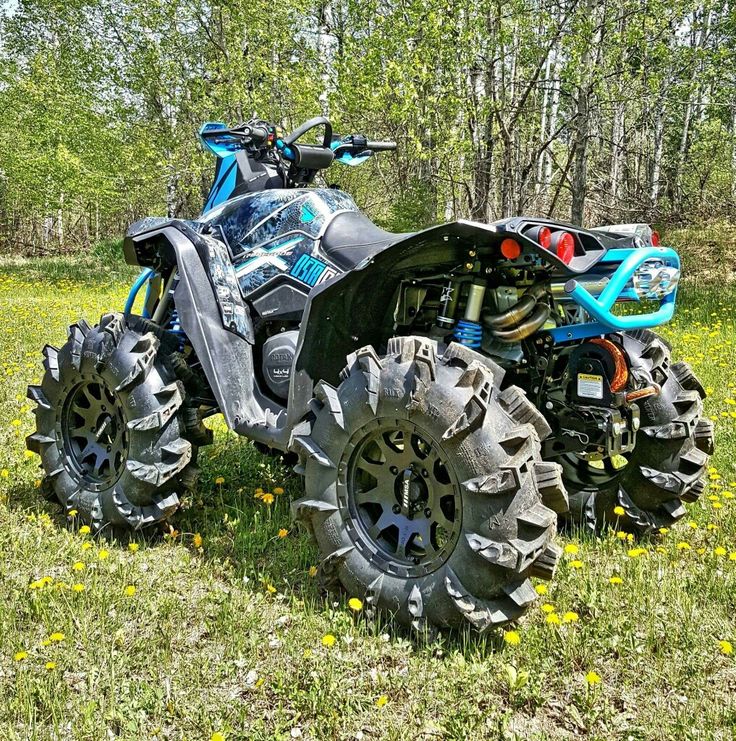 It is even a better idea in this situation to require the seller to get a title in their name before selling it to you. This may be a deal breaker for them, but it alleviates much of your risk.
It is even a better idea in this situation to require the seller to get a title in their name before selling it to you. This may be a deal breaker for them, but it alleviates much of your risk.
Now that we’ve told you the legitimate reasons a seller may not have a title, there are illegitimate reasons as well, namely the ATV is stolen. In a state where the seller should have a title and doesn’t, that is a giant red flag for me. It is not a risk I am willing to take regardless of how good of a story the seller can spin, but the risk you are willing to take is up to you. If you are willing to proceed with the sale, you can alleviate some of the risk by following the tips in this article.
A good thief may have gotten away with stealing both the ATV and the title. Check to make sure the name of the seller matches the name on the title. While the seller may have many excuses for having not put the title in their name, or they may claim to be selling it for a friend, that is not a risk I am willing to take when shelling out thousands of dollars. Insist that you meet the person on the title, in person, and that they sign the bill of sale. Alternatively, insist the seller get the title transferred to their name before they sell the ATV to you.
Insist that you meet the person on the title, in person, and that they sign the bill of sale. Alternatively, insist the seller get the title transferred to their name before they sell the ATV to you.
While a wary seller may be nervous about letting a stranger know where they live, it is a huge red flag if a seller insists on bringing the ATV to your location or meeting in a public place away from their home or business. If they don’t want you to know where they live or work, it is likely because they don’t want you to have a way to track them down when you discover the ATV is stolen or otherwise defective.
Wherever you are meeting, we recommend taking a friend along with you. Not only is it a good idea for safety reasons when you are meeting with a stranger, a friend may see something you don’t. It is easy to get caught up in examining the condition of an ATV and being excited about the prospect of buying a new ATV. Hopefully a friend will alert you of any red flags you miss.
Get all the information you can from the seller about their identity and the history of the ATV. This is especially important if there are red flags with the situation. There may be a good reason for the red flag so you need to figure out the explanation and then decide whether you believe it.
There are some good reasons people are eager to sell an ATV and willing to sacrifice the price. Two common occurrences are divorce and loss of employment. While these can be valid reasons, they may not be true. You may be stuck determining how much you believe the seller and how much you are willing to risk, but there are also additional steps you may be able to take. For example, check the local court docket to see if there actually is a divorce procedure pending.
A scam artist is going to be a smooth talker and have answers for all the expected questions. If you want to learn if he or she is telling the truth, throw a few curve balls and see if they can handle it. Don’t just accept their explanation at face value, ask some follow up questions to expose a part of the story they haven’t pre-planned and see if it startles them or they take a longer amount of time to come up with an answer. For example, if they say they have to sell the ATV due to a divorce, ask them if they are also moving to a new house. This is a logical question when dealing with a divorce, but it is likely something they would not be expecting. Another great follow-up question is asking who their divorce attorney is. You might say, “Oh really, I have some friends that are divorce attorneys, maybe I know yours. Who is it?” If they are really getting a divorce, the name will come right out, but they will almost certainly be caught off guard if they aren’t getting divorced.
Don’t just accept their explanation at face value, ask some follow up questions to expose a part of the story they haven’t pre-planned and see if it startles them or they take a longer amount of time to come up with an answer. For example, if they say they have to sell the ATV due to a divorce, ask them if they are also moving to a new house. This is a logical question when dealing with a divorce, but it is likely something they would not be expecting. Another great follow-up question is asking who their divorce attorney is. You might say, “Oh really, I have some friends that are divorce attorneys, maybe I know yours. Who is it?” If they are really getting a divorce, the name will come right out, but they will almost certainly be caught off guard if they aren’t getting divorced.
You also have a decent shot by asking about the ATV with the local ATV community and on internet forums. If someone has had their ATV stolen, they have likely reached out to the community and online resources to enlist help. Learn about the ATV you are looking at so you know what you are asking about. Try a couple searches with the make and model of ATV you are looking at with the word “stolen” and see if anything pops up. It is also a red flag if the seller can’t tell you much about the ATV.
Learn about the ATV you are looking at so you know what you are asking about. Try a couple searches with the make and model of ATV you are looking at with the word “stolen” and see if anything pops up. It is also a red flag if the seller can’t tell you much about the ATV.
Ask some questions only the owner would know. For example, ask how long that set of tires has been on it, ask what kind of battery it had (check out our article on different types of ATV batteries so you know how to confirm), ask about any aftermarket parts you see, ask about general routine maintenance that has been done (check out our article on braking tips for types of maintenance you can ask about).
Checking the VIN on the used ATV is maybe the most important step you can take, but it is something most riders don’t think about or don’t know how to do. There are two main methods for checking the ATV’s VIN to see if it has been reported stolen. First, you can check with the local police. Second, there are a handful of websites that will check the relevant databases for you. I recommend you take advantage of both options.
Second, there are a handful of websites that will check the relevant databases for you. I recommend you take advantage of both options.
Something you need to be aware of is how you go about getting permission to check the VIN number. Don’t try to be sneaky and run the VIN without telling the seller. Explain to the seller what you are doing and why. Educate them on the issue and the resources available if they are not aware. If a seller is wary of you running the VIN, run for the hills. The seller may have good reason for not showing you the VIN, such as a winch that has to be removed to view the VIN, but do not let that stop you from checking the VIN no matter what they say. If they are not willing to do what it takes so you can check the VIN, walk away. It is not worth the risk.
This is going to depend somewhat on your location, but you may be able to just call into your local police department and have them check the VIN and they will tell you whether the ATV has been reported stolen.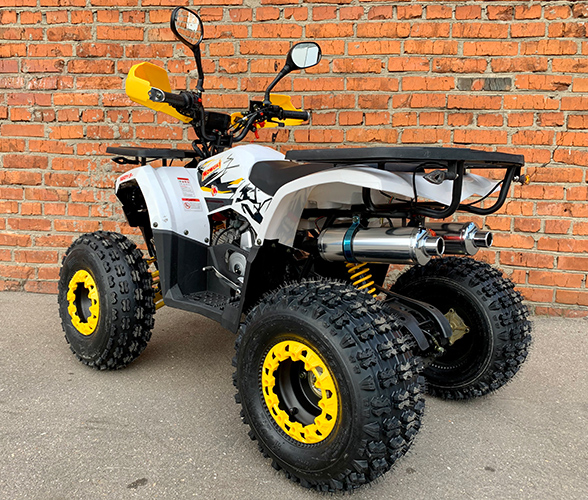 The great thing about going through your police department is they will hopefully be aware of any reports that have come in from the area, even if they didn’t include a VIN.
The great thing about going through your police department is they will hopefully be aware of any reports that have come in from the area, even if they didn’t include a VIN.
Don’t be surprised; however, if your local agency isn’t as accommodating. While some will take your call and give you a quick answer, others won’t help you unless you actually bring the vehicle into the department so they can inspect it. Of course, if it comes up stolen, they impound it. This will make it difficult, but if a seller is cooperative and willing to take it down to the station, that should ease most of your fears.
Luckily for us, there are a number of websites and services that will check the stolen vehicle databases to determine if the ATV you are looking at has been stolen. Since some of these services are different, it may be worth checking a couple of the websites just to be safe. The VIN may be in a different spot on different ATV models, but it is going to be mounted on the frame of the ATV, usually on the bottom left side.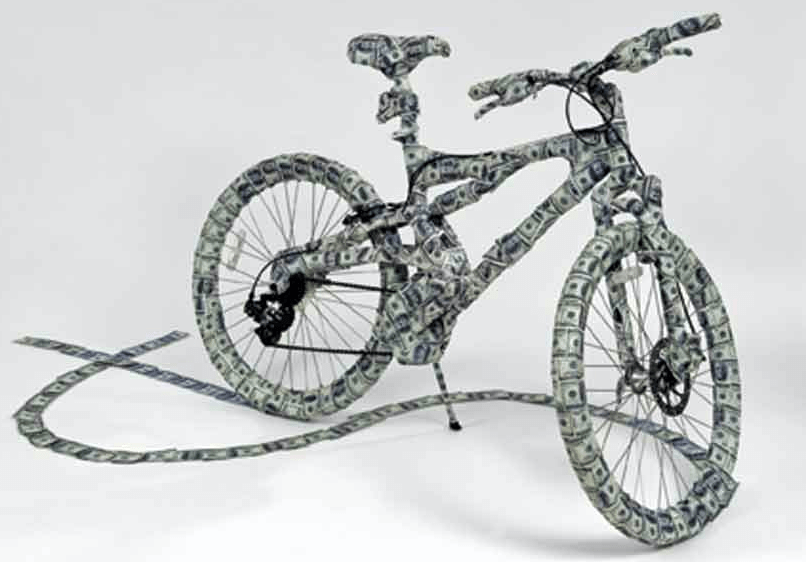
National Insurance Crime Bureau. NICB is probably your best bet because this is the service used by insurance companies and police departments to report stolen vehicles. NICB offers a free service to the public to assist in determining if an ATV, or any other vehicle, has been stolen, but not recovered. You can also determine if an ATV has been reported as a salvage vehicle by a participating NICB insurance company. This is important because a salvaged ATV, in addition to potentially having unknown damage, can never be registered for highway use in most states. To use the NCIB’s “VINCheck” you simply have to enter the VIN number and you will get the results. Be aware, you are limited to five VIN checks per day.
Stolen 911-ATVs. The Stolen 911’s website is not going to connect you to the stolen vehicles database, but it is a fairly widely used service where ATV owners who have had an ATV stolen list info about the ATV.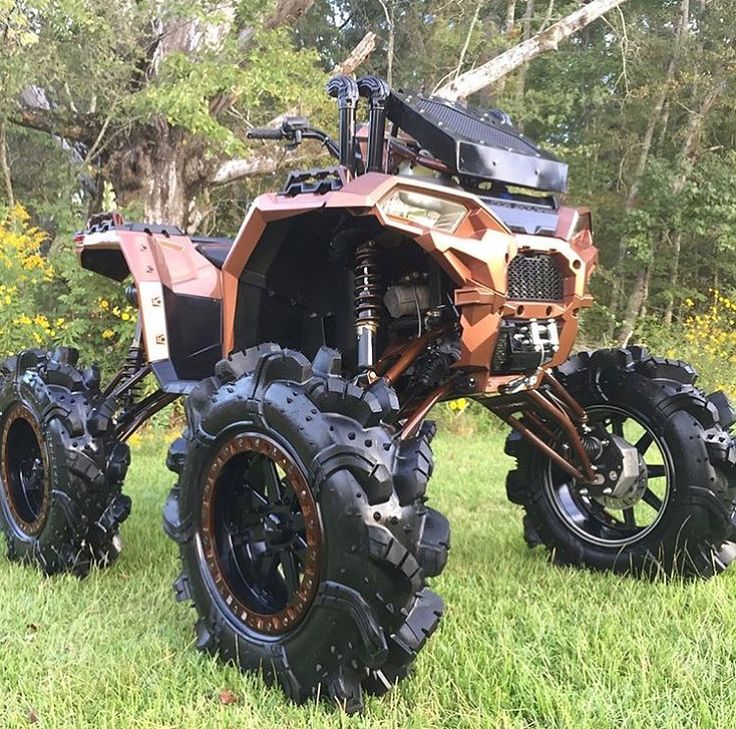 Stolen 911 will have the stolen ATV’s VIN indexed by google so it is easy for you to find. While you can search for the VIN, this website is also helpful because the owner can list descriptions and photographs of the ATV. The owner may also post a reward so you could get lucky.
Stolen 911 will have the stolen ATV’s VIN indexed by google so it is easy for you to find. While you can search for the VIN, this website is also helpful because the owner can list descriptions and photographs of the ATV. The owner may also post a reward so you could get lucky.
Stolenregister.com. Stolen Register is a database of stolen property. It allows you to search by almost any identification information, including the engine’s serial number (which can be important as a stolen engine can be swapped into a different ATV body), VIN or plate number. You can also search by incomplete information if that is all you have, or you can search pictures on their database.
Carfax. Everyone knows what carfax is by now. You can use it to look up ATV history as well. It can be pricey so hopefully you can find someone with a subscription willing to look it up for you. I have heard of people on Craigslist that will look up a Carfax report for a nominal fee, but I can’t recommend it as I don’t know if that violates anything important.
VIN fraud is the act of replacing or altering a VIN in order to mislead consumers or law enforcement. It often occurs in conjunction with vehicle theft. The two most common types of VIN fraud include:
VIN cloning is the most common method of VIN fraud. It involves taking a VIN from a similar, legally registered vehicle and placing it on a stolen vehicle to hide its identity. By doing this, a thief can more easily evade law enforcement and sell a stolen vehicle without worrying about the VIN registering on NICB.
This has become a more popular tool for thieves as it is pretty effective. The thieves can grab a new VIN from a recently salvaged vehicle, dealership ATVs, or from the internet. Once they have a legitimate VIN, a counterfit VIN label can easily be produced with low-tech equipment.
VIN cloning can result in two registered ATVs with the same VIN. In the event these two ATVs ever attempt to get registered in the same state, all kinds of issues arise and may result in your ATV being impounded. You may then become the subject of a criminal investigation, trying to prove you were not aware of the cloned VIN.
VIN altering is defined to include any of the following:
This is a very common sign of a stolen ATV. You would be surprised how many people buy a used ATV without checking the VIN, only to find later the VIN has been scratched off so it is unreadable. By that point, the new owner faces quite the predicament as they know they are driving a stolen ATV that is going to get impounded once they report it.
Following all the tips we talk about in this article will go a long way to helping you determine whether a used ATV may have been subject to VIN Fraud. In addition to following all those tips, make sure you thoroughly inspect the VIN on the ATV. Make sure there is no damage to the VIN label and that it is clearly legible. Also make sure the VIN on the label matches all title documents and service records that may be available to you. You can also conduct a title search and have your insurance carrier conduct a check for possible clones.
One sneaky trick you can learn is that the 17-digit VIN is not random. The position of each letter or number in the VIN reveals important information about where and when the ATV was made, the type of engine it had and various other pieces of information. You can look up the individual manufacturer and learn all the specific digits you should be looking for to match the ATV you are looking at, but the digits that you will find the most beneficial for spotting a sloppy VIN cloning job are the following:
 e. H for Honda, K for Kawasaki and so forth. If you are looking at a Honda and the second digit is a P, then it is likely a cloned VIN.
e. H for Honda, K for Kawasaki and so forth. If you are looking at a Honda and the second digit is a P, then it is likely a cloned VIN.Getting a title is the best way to be safe, but if that isn’t possible, then make sure to get a bill of sale. I would get both if possible.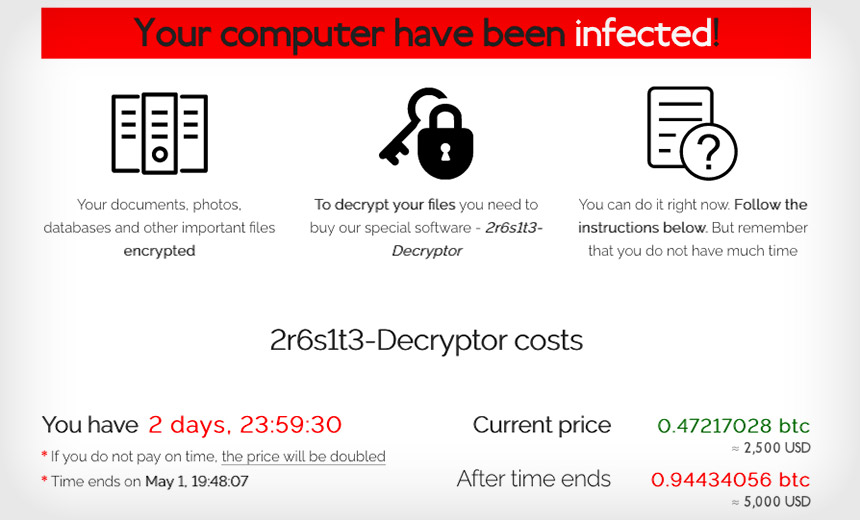 Even if you feel good about the sale and the VIN checks out clean, you can’t be sure there wasn’t VIN fraud or that the police department that took a stolen vehicle report actually submitted their report, or that the person from whom the ATV was stolen even knows it is gone yet.
Even if you feel good about the sale and the VIN checks out clean, you can’t be sure there wasn’t VIN fraud or that the police department that took a stolen vehicle report actually submitted their report, or that the person from whom the ATV was stolen even knows it is gone yet.
A bill of sale is absolutely essential, especially if there is not a title to the ATV. While a bill of sale does not need to be anything complex, full of legalese, you want to make sure you include some key information.
A bill of sale is a contract between you, the buyer, and the seller that describes the transaction. Include all important details such as the agreed upon price, the vehicle’s description, the ATV VIN, a description of the ATV including condition and as much information about both the buyer and the seller as you can.
You should include the seller’s name, address and phone number. Importantly, don’t just take the seller’s word for it. Make him show you his/her driver’s license and copy all the information you can. Hopefully, you are meeting the seller at their house as well, so confirm that address matches the driver’s license. The bill of sale can be a valuable defense should you be caught with a stolen ATV. It can also provide you the information you need to seek recourse against the seller after you lose the ATV you paid for.
Hopefully, you are meeting the seller at their house as well, so confirm that address matches the driver’s license. The bill of sale can be a valuable defense should you be caught with a stolen ATV. It can also provide you the information you need to seek recourse against the seller after you lose the ATV you paid for.
Now is the fun part! Get out and ride, but there are some more things to looking into as well.
If you’re planning on buying or selling a used ATV, there’s a couple things you should know first. The last thing you want is to purchase an ATV from someone, only to have the cops come confiscate it for being stolen property. There are things you can do to protect yourself though. Having a bill of sale is the first most important thing to do.
The last thing you want is to purchase an ATV from someone, only to have the cops come confiscate it for being stolen property. There are things you can do to protect yourself though. Having a bill of sale is the first most important thing to do.
The bill of sale is basically a document used to prove the ATV was bought or sold. Sometimes referred to as a proof of sale, the bill of sale is considered a valid legal document. The bill of sale should contain all the information needed to register the ATV. Some info to have on your bill of sale includes: buyer and seller information, VIN number, make, model, year, color, agreed price, mileage, and of course signatures.
You could always make your own bill of sale, which I’ll go over later, but here’s one with everything you need on it, you can just print it off and fill it out.
ATV Bill Of SaleDownload
It’s a PDF so you can view and print from your browser by clicking ATV Bill Of Sale. Or you can download to your computer by clicking download.
If you’re buying or selling a new ATV, you will most likely have a title to sign. This is usually found on the back or near the bottom of the title and it will be labeled ‘Assignment’ or ‘Transfer By Owner’.
As a buyer, you could take the signed title to your state and apply for a new title in your name. I still think it’s a good idea to have a bill of sale for this, but I know people have gotten away without one.
As a seller, you want to have a bill of sale to protect yourself. Let’s just say you sign the title over without a bill of sale. The buyer then goes and hurts themselves, others, or damages property with the ATV. If the buyer never went to the state and updated the title to their name, it’s still considered your ATV. You’re liable.
If you’re buying or selling an older ATV, the title might not always be available. People lose or misplace titles all the time. But with a valid bill of sale, most states will let you apply for a new title in your name.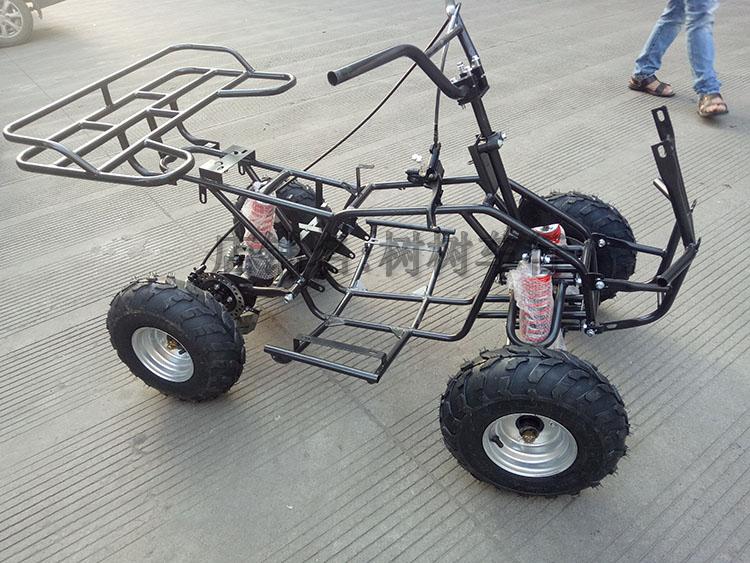 This is needed if you ever want to register the ATV in your name. Some states even require ATV’s to be registered, and you need proof of ownership to do that.
This is needed if you ever want to register the ATV in your name. Some states even require ATV’s to be registered, and you need proof of ownership to do that.
Never buy an ATV without either a title or a bill of sale. If you do this, the original owner could then claim it stolen. Without proof of ownership, you wouldn’t have a leg to stand on.
Also be careful with newer ATV’s that have no title. Even if they give you a bill of sale, the title could still have liens or encumbrances placed on it. Meaning the owner hasn’t finished paying it off, or it has been used illegally in some way.
If you don’t want to use the bill of sale above, you could always make your own. Each state has its own rules on what a valid bill of sale needs to have on it, so check with your local authorities to find out what you need to have. But, all bill of sale contracts must have at least the following:
 The year, make, and model, as well as the VIN number (serial number), if any, should go here.
The year, make, and model, as well as the VIN number (serial number), if any, should go here.Some states do require a notary to be present when both parties sign. You can have everything else filled out ahead of time. But if that’s the case, a notary needs to watch you both sign the bill of sale. Check with your local court system to see if you need a notary present.
That’s just the basics of what is needed for a legal bill of sale contract. You can type this up in a Word Doc, print it out, and you’re good to go. Even a hand written bill of sale is a legal contract. So in a pinch, you could just write this all out on a piece of paper.
Even a hand written bill of sale is a legal contract. So in a pinch, you could just write this all out on a piece of paper.
The process of buying or selling an ATV is pretty straight forward. But if you haven’t done it before, this could be helpful. The first thing you would want to do is clean the ATV top to bottom. People just like seeing a clean machine, and doing this will help it sell faster.
You want to make sure the ATV is in good working order. Always make sure you sell it “as is” especially if there are problems you don’t want to fix. But the more you can fix and get taken care of, the more you could sell it for and the more buyers will be interested.
Before you start putting up ads for the machine, you’ll want to clear the title of any liens it may have on it. This is a good time to get your title and registration info all together to be prepared for the sale.
Put up ads for your ATV.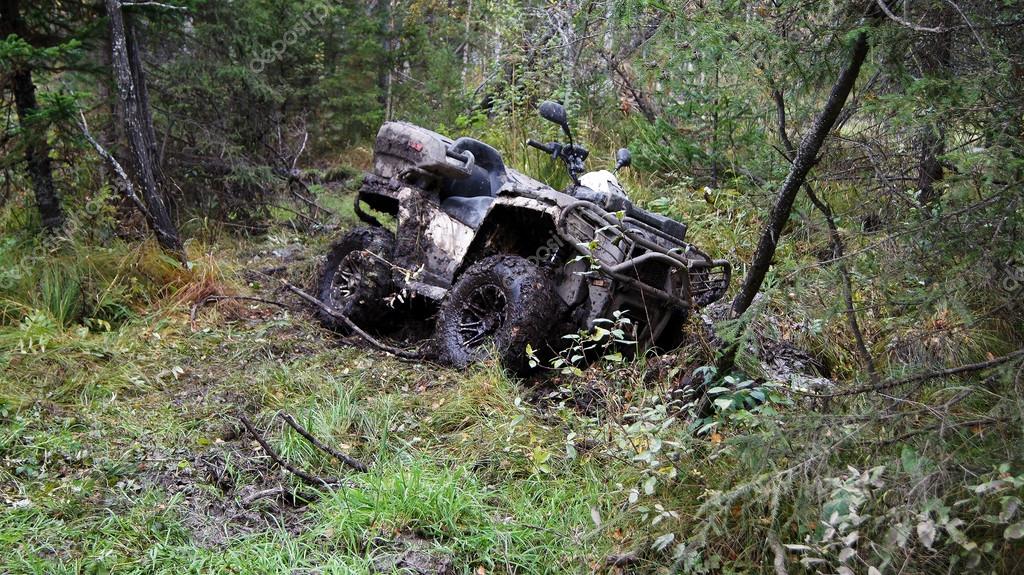 You could try selling to a dealer, but you tend to get more money doing a private sale. I like to use apps like OfferUp, LetGo, or ATV Trader. I’ve also used craigslist a lot in the past. If you’re a buyer, you’ll want to start looking in these places too.
You could try selling to a dealer, but you tend to get more money doing a private sale. I like to use apps like OfferUp, LetGo, or ATV Trader. I’ve also used craigslist a lot in the past. If you’re a buyer, you’ll want to start looking in these places too.
This is the fun part for me, but I can understand why some people hate it. Once buyers start responding to your ads, they will usually have a counter offer. You will find that a lot of people don’t want to pay the price you advertised. You’ll get the occasional low baller too, don’t let that bother you. I don’t know how many times I’ve had someone offer me half what I listed the price at.
If you don’t want to do much negotiating, you could always state that your price is firm. That will help weed out some of the low ballers, and let you focus more on serious buyers. You could also add a little to the price you’re willing to sell it at to account for negotiations.
Buyer beware, a lot of sellers add a few bucks to the amount they are willing to take.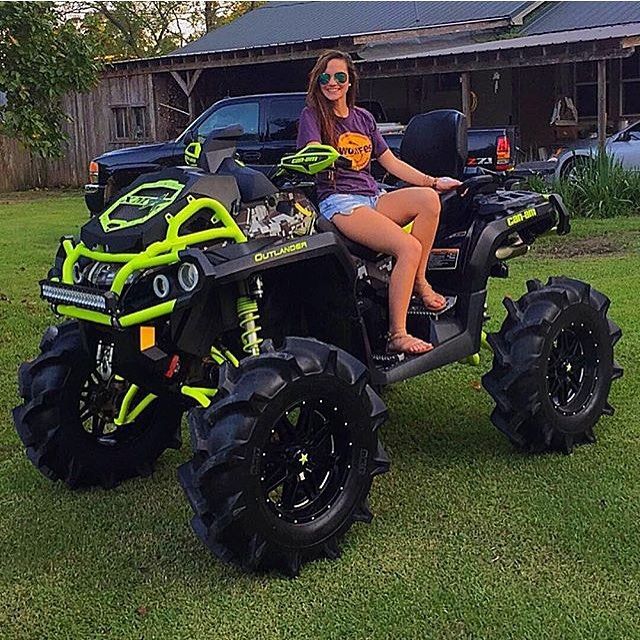 This is so that even after negotiations, they still get close to the price they wanted. It’s normal and it happens all the time, no one wants to pay full price. Try to have fun with the back and forth, it’s just an expected thing everyone does.
This is so that even after negotiations, they still get close to the price they wanted. It’s normal and it happens all the time, no one wants to pay full price. Try to have fun with the back and forth, it’s just an expected thing everyone does.
The buyer will want to inspect the ATV. If you don’t want to hire a certified mechanic to do the inspection, you can do it yourself. Check the ATV for rust or cracks in the frame. Check the welded areas of the frame for cracks also. After having a look at the tire tread, wheels, and suspension, you should check the air box.
Remove the seat and the air intake cover. If there’s dirt and water in the air intake box, it most likely got into the engine at some point. Put your hand near the engine to see how warm it is. The ATV might be hard to start and doesn’t run well until the engine is warmed up. The seller could hide this from you by having the engine running for a while before you show up.
Now it’s time for a test drive.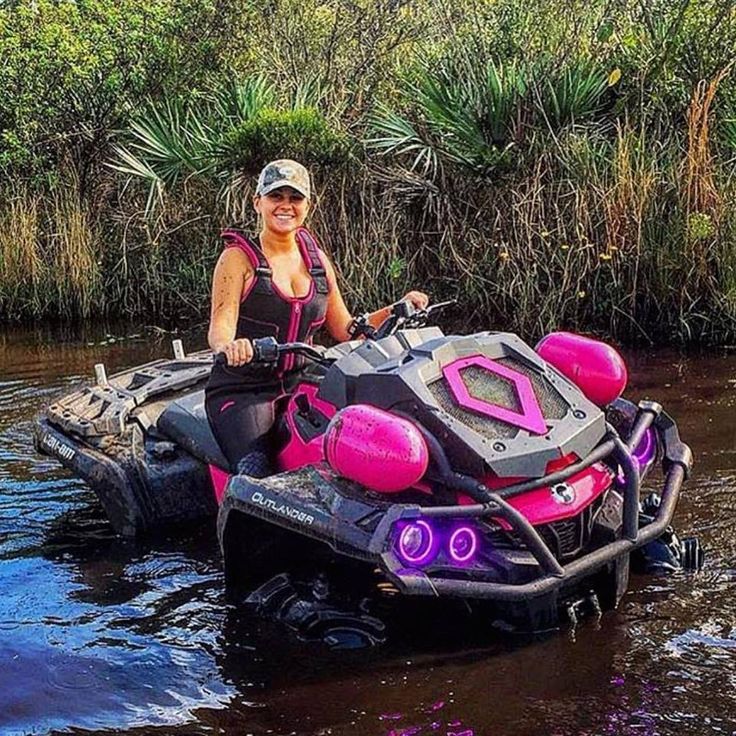 Take it easy since it’s not actually yours yet. You don’t want to piss off the seller by beating on the machine just to end up not buying it. All you’re really looking for is a smooth ride with the handling to your liking, and of course that the engine is running nicely.
Take it easy since it’s not actually yours yet. You don’t want to piss off the seller by beating on the machine just to end up not buying it. All you’re really looking for is a smooth ride with the handling to your liking, and of course that the engine is running nicely.
When both parties agree on a price, you can then fill out the bill of sale. You can use the template I gave above, or make your own like we talked about above. Once the payment has been made, you can transfer the title over to the buyer. This is usually done by signing the ‘Assignment’ or ‘Transfer By Owner’ section of the title. If there is no title, the bill of sale can be used to order a new title in most states.
The new owner will have to reapply for a new title in their name. Either with the bill of sale or the title signed by the seller. Then, if your state requires it, you can register the ATV in your name.
There you go, time to enjoy your new ATV. Check out the Recommended Gear section of this site for all the proper gear needed to ride safely.
Sharing is caring!
Photo: www.tltnews.ru
Police officers of Tolyatti within an hour found a bicycle stolen from a 9-year-old girl. This was reported by the Main Directorate of the Ministry of Internal Affairs of Russia for the Samara Region.
On June 4, the girl's mother turned to the police for help. The woman said that on the embankment of the Avtozavodsky district, an unknown person secretly stole a bicycle from her daughter. The girl and her friend went swimming and left the bike unattended, and when she returned, she did not find it on the spot.
Police patrols moved to the area where the crime was committed and began to work out the quarters adjacent to the embankment. Soon, on one of the streets of the Avtozavodsky district, the police noticed a young man who was riding a bicycle, matching the signs of the one he was looking for.
Police officers took the alleged intruder to the police station. The detainee was a local resident born in 1994, who works as a cook in one of the cafes. He confessed that he stole the bike and intended to sell it. Previously, the young man was not prosecuted, but now he will have to answer for the theft. Bike returned in good condition 9year old owner.
This material was published on the BezFormata website on January 11, 2019, A 20-year-old local resident was detained in Togliatti, suspected of stealing a bicycle from a child, the press service of the regional GUMVD of Russia reports.
21:28 06/06/2014 IA VnInform.Ru - Samara
A 20-year-old local resident was detained in Togliatti, suspected of stealing a bicycle from a child, the press service of the regional GUMVD of Russia reports.
21:05 06.06.2014 City of Tolyatti.Rf - Tolyatti
The theft took place on Wednesday, June 4th. A 25-year-old girl turned to the police for help.
20:15 06.06.2014 Samara Business Consulting - Samara
Police officers of Togliatti within an hour found a bicycle stolen from a 9-year-old girl.
17:34 06/06/2014 TltNews.Ru - Tolyatti
On June 4, a local resident turned to the Togliatti city police for help 1985 years of birth.
16:05 06/06/2014 Main Directorate of the Ministry of Internal Affairs of the Samara Region - Samara
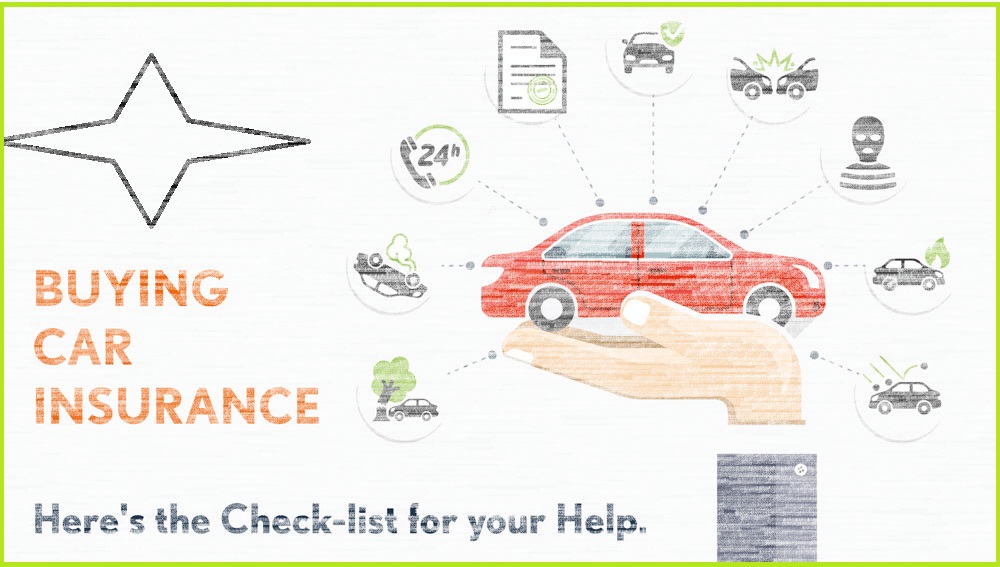

The 21st century can be safely called office. Especially the last 5 years. More and more remote work appears, more and more specialties related to the IT sphere appear. And this means that people need not only more pants to wipe them on the office chair, but also more active forms of recreation, so as not to grow roots in the floor of the office or their own home. One of the most actively gaining popularity types of recreation is quad biking. It is good because it will suit absolutely everyone: both lovers of easy walks through the forest or the coast, and those who crave thrills in impenetrable mountains, deserted fields and swamps.
It is good because it will suit absolutely everyone: both lovers of easy walks through the forest or the coast, and those who crave thrills in impenetrable mountains, deserted fields and swamps.
If this is going to be your first ATV, then you can start with simple budget models, since you still won’t feel the difference now. And in order to spend a minimum of time on the purchase, keep five important tips for buying a quadric without a headache.
This is important to decide well before you buy. If you have decided to ride this frisky iron pony for the first time, then it is preferable to opt for a new model.
First, the dealer always gives a guarantee. This will save you from problems in the event of a breakdown - you just drive the ATV to the service and experienced specialists will fix all the problems.
Secondly, an inexperienced quad rider will not be able to identify serious flaws or recognize technique after drowning.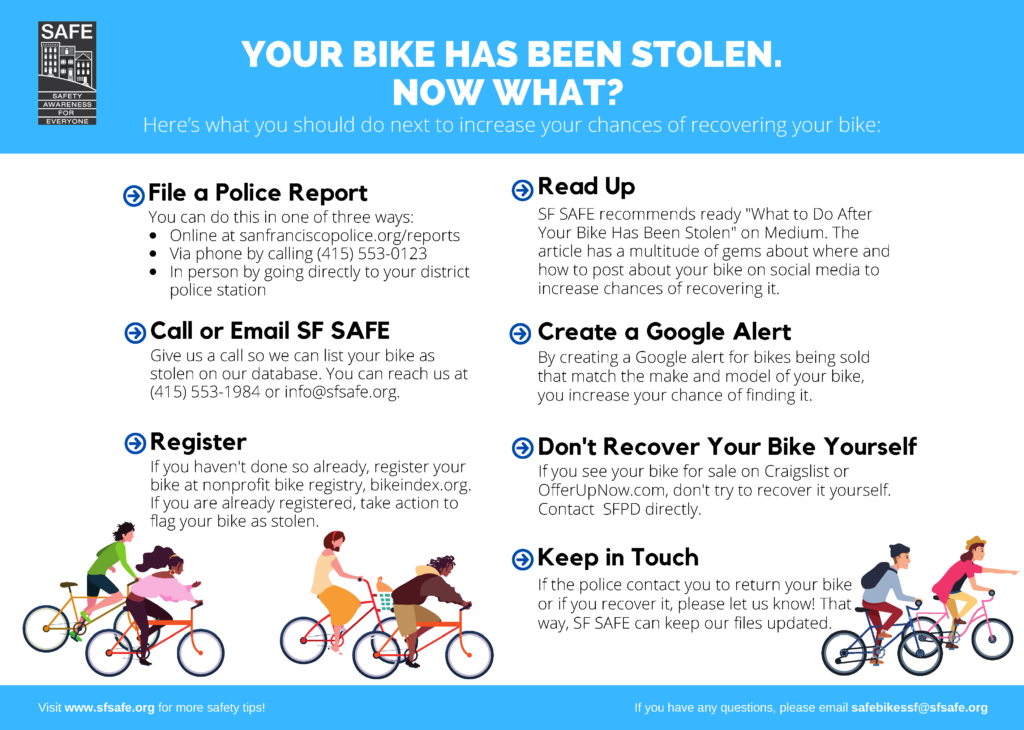 Water is not the best companion for any transport and, in most cases, it is necessary to change the engine or transmission, and this is exactly half the price of the entire “pony”.
Water is not the best companion for any transport and, in most cases, it is necessary to change the engine or transmission, and this is exactly half the price of the entire “pony”.
Thirdly, when you ride a certain amount of time and understand what you lack in a quadric and decide to buy a more powerful or comfortable one, it will be much easier to sell your predecessor. Equipment that had only one owner flies under the hammer much faster than the one that was in the hands of two or three people.
ATV . Single / double without a cab with a motorcycle landing (the passenger sits behind the driver) and a “bicycle” steering wheel. Such vehicles have a shorter wheelbase, which means better geometric cross-country ability and compact size. This makes the ATV more maneuverable, resistant to rollover. In addition, due to the mass of no more than 450 kg, it falls into the mud less.
SSV . Two- / four-seater with a cabin similar to a car. Inside: there are seats, a round steering wheel, a wide dashboard. The long wheelbase of such all-terrain vehicles increases stability and controllability at high speeds, the load capacity is much higher - up to 400 kg. But such quads will not be so maneuverable and are more like a full-fledged off-road car.
Two- / four-seater with a cabin similar to a car. Inside: there are seats, a round steering wheel, a wide dashboard. The long wheelbase of such all-terrain vehicles increases stability and controllability at high speeds, the load capacity is much higher - up to 400 kg. But such quads will not be so maneuverable and are more like a full-fledged off-road car.
The choice depends on your goal: whether it will be solo “rides” or whether you are ready to take passengers on board for joint entertainment.
Obviously, the leaders in the production of equipment are the Japanese. Brilliant Asians have thought through and invented literally everything. Moreover, it also works great! Therefore, we recommend that you look at Yamaha, Honda. These are reliable and durable ATVs that are not scary to buy even with hands. Used options can be easily chosen among the options of 2002-2007 release years.
Canadian BRP technology has become very popular in recent years. Over the 70 years of their existence, they have learned to make vehicles equipped with literally everything. And each new model is becoming more and more perfect vehicle, capable of surviving in literally any conditions.
Over the 70 years of their existence, they have learned to make vehicles equipped with literally everything. And each new model is becoming more and more perfect vehicle, capable of surviving in literally any conditions.
American Polaris is also a quality, hard-working brand. The engines have high traction performance and a degree of safety.
In recent years, many Chinese manufacturers have appeared on the market, attracting with their price. Despite the fact that China is advancing and improving quite quickly in the production of any goods, nevertheless, it is still inferior in quality to top brands. Parts for such ATVs are cheap and affordable, but, most likely, the need for them will arise more often than after buying the same Bierpie.
When choosing a good ATV, pay attention to the main performance characteristics, namely:
Engine capacity. For hunting, fishing, sports, driving on a dirt road, 150-230 cm3 will be enough.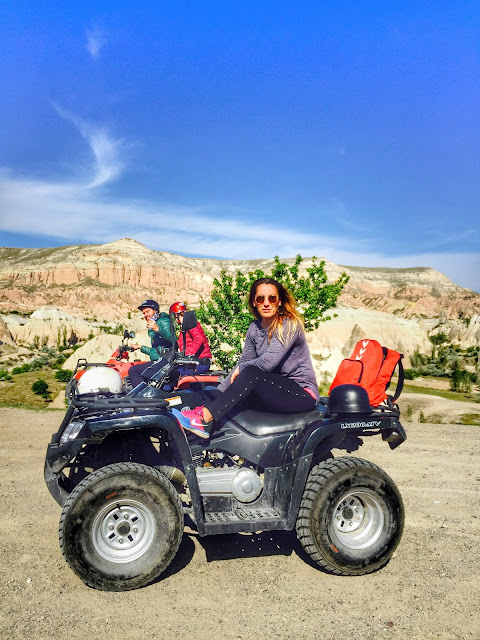 To dive into extreme tourism, you should choose a powerful engine of 350-689 cm3.
To dive into extreme tourism, you should choose a powerful engine of 350-689 cm3.
Power. For light riding or training, 13-15 hp will be enough for you. If the plans are full-fledged trips through the endless impassability of our Motherland (and we mean mountains and forests, not cities in the middle zone), then you should put a pony with a capacity of up to 45 horsepower in a stall. It is horse, not pony.
Transmission. Mechanical - suitable for moving on more or less flat roads, as it requires attention when switching gears.
CVT - suitable for hunting or fishing, where in manual mode it is necessary to switch gears only in loose areas or when encountering obstacles.
Automatic gearbox. She controls the speeds depending on the engine speed and road conditions. You can focus entirely on the route or immerse yourself in the performance of a sports stunt.
Cooling system. You should not allow the engine to overheat, which means you need to choose the right cooling system for your needs. The air type is suitable for lighter fishing or hunting trips, for example. If everything is hardcore for you, then it is better to choose a fluid system that will provide the quadric with more heat transfer, and you will have peace of mind during extreme recreation.
The air type is suitable for lighter fishing or hunting trips, for example. If everything is hardcore for you, then it is better to choose a fluid system that will provide the quadric with more heat transfer, and you will have peace of mind during extreme recreation.
Well, the last but the main advice. Before choosing an ATV, think carefully for what purpose you need it: sports, walking or extreme riding. It depends on the amount you invest. Better yet, first rent an ATV a couple of times and understand whether you will ride it from time to time or whether you claim to be a quadro-maniac. In this case, of course, it is worth buying your own transport, but you also need to approach the choice more carefully - you will need more than five tips.
And if you do not want to delve into the intricacies of choice and want to immediately get a good ATV that meets your needs, then you can always turn to specially trained people who, for some fee, are engaged in the selection of auto and motorcycle transport.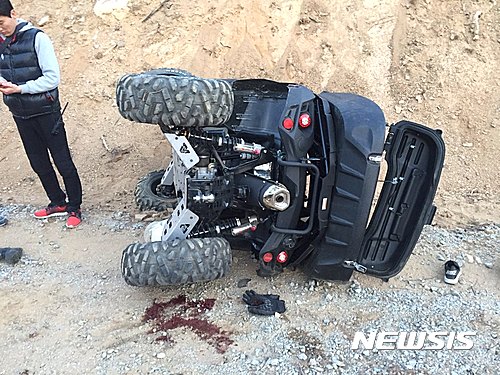 As a rule, these are well-versed people who know the design of an ATV, have information about new products and have all the necessary technical means that can identify all the shortcomings of a vending instance.
As a rule, these are well-versed people who know the design of an ATV, have information about new products and have all the necessary technical means that can identify all the shortcomings of a vending instance.
But whatever your goal when buying an ATV, be prepared to shell out a tidy sum for the transport itself, accessories, equipment and storage space. If you have a small one-car garage, then it is worth considering an alternative shelter for the ATV, where it will live quietly and not interfere with you during your daily use of the car.
A garage 3-4 meters long is suitable for an ATV. As with any vehicle, the roof and walls must be airtight. In order for it to serve you for more than one year, you should pay attention to iron garages. They are not only durable, the formation of mold and guests in the face of rodents is excluded. The SKOGGY metal garage is designed just for storing equipment such as an ATV. It is made of the professional sheets processed from corrosion.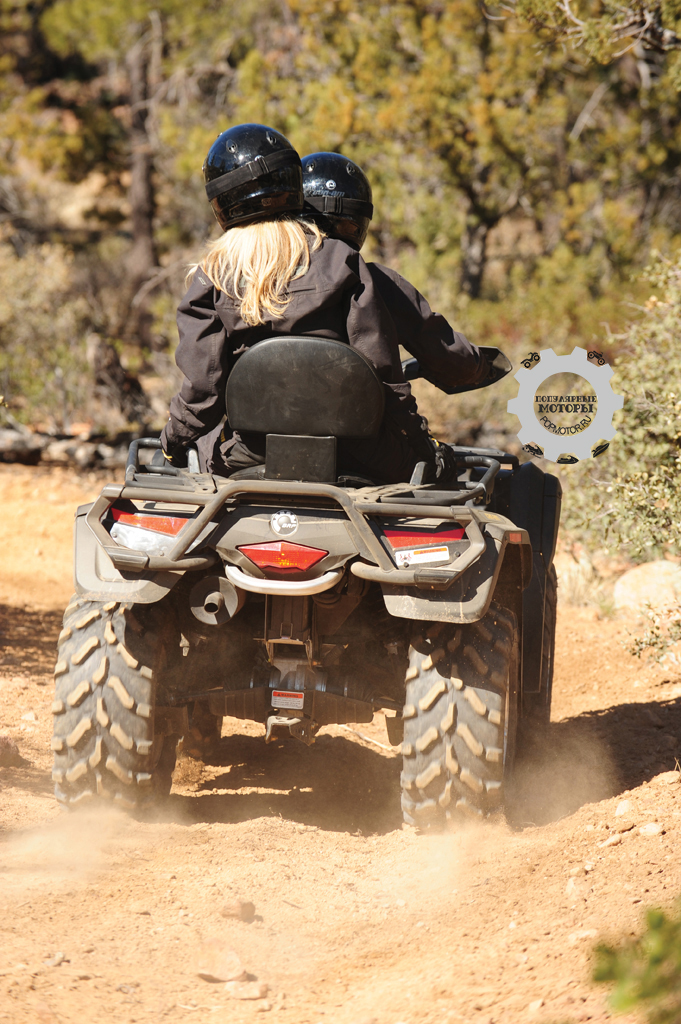 The roof does not leak, the installed drains remove all the consequences of precipitation, just do not forget to periodically clean it from leaves, sticks, birch buds and other debris.
The roof does not leak, the installed drains remove all the consequences of precipitation, just do not forget to periodically clean it from leaves, sticks, birch buds and other debris.
The collapsible design will allow you to move the garage from place to place, unless of course there is a need for this. You never know, suddenly you decide to move on your ATV to another house. You can take the garage with you. Yes, and if you are planning a rearrangement on your site, a couple of hours - and the garage is dismantled. We rested, decided on a new place, another hour or two - and the garage for the ATV is already in a new place.
You can choose a collapsible garage design from profiled sheets, or you can choose a frame one. In the second case, the garage is also collapsible, but the frame is assembled before sheathing with corrugated board.